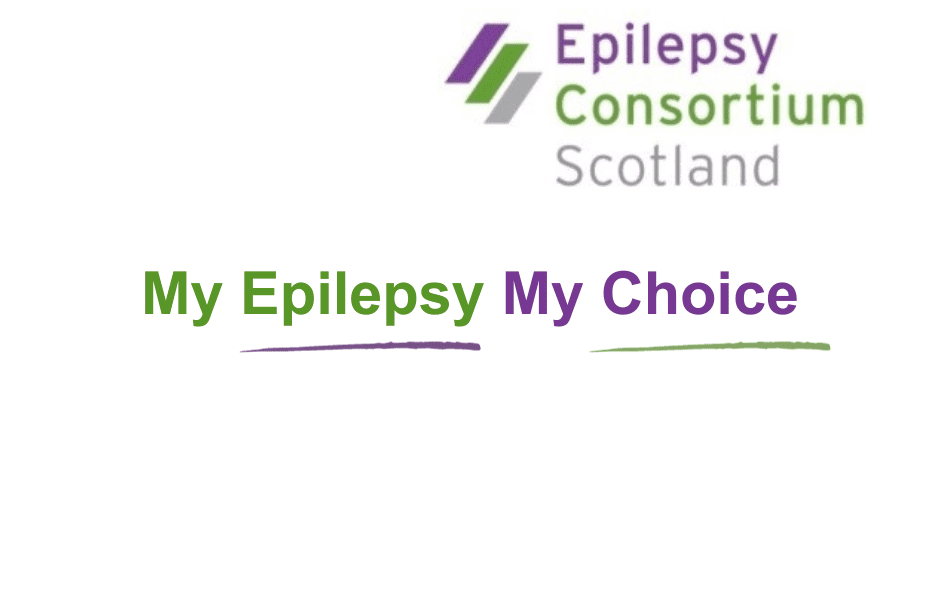Our Chief Executive, Lesslie Young looks at how people living with epilepsy must be able to decide between having in-person or remote appointments with their epilepsy specialists.
Following the end of Covid lockdowns across the country there was a sense of a return to normality for many of us.
But some things have changed; the way we work, shop, and travel all changed and so has, worryingly, the way we get our treatment from the NHS.
During Covid there was, rightly, a switch to remote appointments only, and for many, this was an important source of support for the over 58,000 people with epilepsy in Scotland.
However, after lockdowns had ended and we all got back to some normality the helpline here at Epilepsy Scotland began getting calls about patients unable to get face-to-face appointments with their epilepsy specialists.
Instead, they were being offered only remote appointments by phone or via video, the same service offered during the pandemic.
It became clear upon consulting with our fellow epilepsy charities this was a widespread practice that had emerged post-pandemic.
Patients need choice
Now, I do not seek to diminish the benefits of remote consultations, as we know many patients have found them incredibly useful. However, I do wish to emphasise the significance of face-to-face care.
The impact of epilepsy is unique to each individual, so the care patients receive must be designed to meet their needs. If care is to be truly person-centred, the decision between in-person and remote appointments must be the patient’s to make.
So, the association of organisations representing the epilepsy community in Scotland, the Epilepsy Consortium, conducted a piece of research on this issue and recently published a new report, titled Specialist Epilepsy Appointments.
Worrying trend
The report found in the wake of the COVID-19 pandemic the format of appointments for epilepsy has shifted with the growing use of remote appointments replacing in-person care.
In many cases, telephone and video appointments are now being used as default.
What struck me is a survey, conducted as part of this report, found 62% of patients would prefer to attend their appointments in person, while a further 24% would like a mix of in-person and remote.
However, since the pandemic, only 16% of respondents to the survey have been allowed the opportunity to choose the format of their recent epilepsy appointments.
There are solutions
That last figure is unacceptable and that is why it is imperative all stakeholders make sure they note the report’s conclusions;
- People with epilepsy, where possible, must be allowed the opportunity to make informed decisions about their care.
- Remote consultations must not become the default format of epilepsy management.
- Face-to-face care is critical in providing holistic epilepsy support.
It is only through the adoption of these principles we will make sure people living with epilepsy in Scotland have the choice they need to make informed decisions on the type of care they want and need.
We must support what people with epilepsy are telling us through this report; My Epilepsy – My Choice.
To read the report, please click here.




